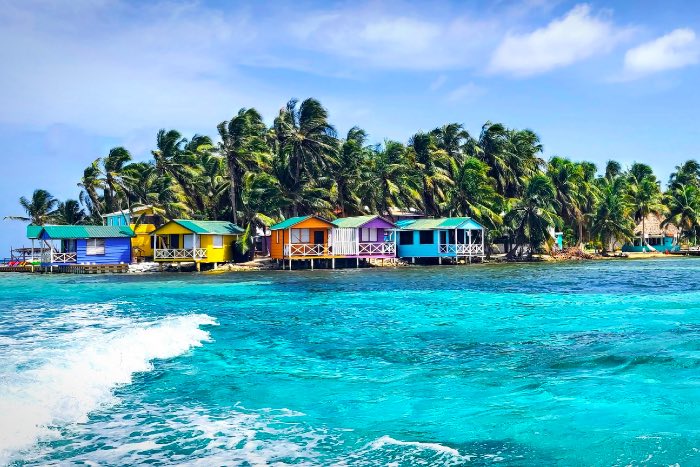
Mongolia: Steppe Ecology & Civic Media
Explore an incomparable grassland ecosystem. Learn how to support citizen conservation reporters. Focus on the Pallas’ cat and Przewalski’s horse, one of the most successful species reintroductions of our time.
Course Overview
Travel to Mongolia, the “Land of Blue Sky.”
The birthplace of the Mongol Empire, the largest contiguous empire in human history, Mongolia is now a vibrant democracy and home to an open wilderness that has few parallels in the modern world. We will explore the great steppes, and especially engage in the conservation story of two key steppe species: Pallas’ cats and Przewalski’s horse. Pallas’ cats are important steppe predators whose conservation provides insights into the challenges facing the survival of small wild cats worldwide. Przewalski’s horse, also called takhi, are considered to be the only true wild horse left in the world. We will join research on an ambitious reintroduction project based in Mongolia that has returned this remarkable species to its former homeland after being driven to extinction in the wild. Possible research projects include studies of the populations, home range, and conservation of Pallas’ cats and Przewalski’s horse; participatory media and conservation knowledge; and community-based research. Discover the power of inquiry to generate knowledge and inspire conservation.
A typical day on this EE course includes exploration and a good amount of hiking in the local environment, instructor and student-led discussions of key course topics, presentations, engagement with local community experts, and time for inquiry investigations and journal writing. Prior to and following the field experience in Mongolia, students will complete coursework via Canvas, Miami University's learning management system, as they apply experiences at home.
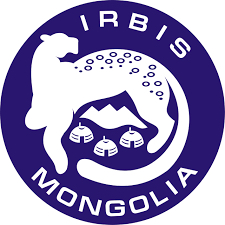 *** If you're interested in Mongolia: Steppe Ecology & Civic Media for Summer 2026, let us know by completing this short form. Note: This is not the EE application/course request form. Visit our Apply webpage for application instructions for the GFP or to take an Earth Expeditions stand-alone course. Current Dragonfly students' summer requests should be submitted using the form sent via email.
*** If you're interested in Mongolia: Steppe Ecology & Civic Media for Summer 2026, let us know by completing this short form. Note: This is not the EE application/course request form. Visit our Apply webpage for application instructions for the GFP or to take an Earth Expeditions stand-alone course. Current Dragonfly students' summer requests should be submitted using the form sent via email.
Course Details |
|
|
In-Person Travel Dates |
June 13-22, 2026 Arrive at least one day before course begins; depart anytime on the day after course ends. |
|
Full course dates |
April to August online |
|
Course-specific themes |
-Introduction to the ecology of Asian steppe ecosystems -Understanding of long-term species-based conservation efforts -Reintroduction of takhi (native horses) to Mongolia based on the collective work of zoos and private donors -Conservation storytelling |
|
Eligibility |
This course is open to any interested current master's students or can be taken as a standalone course. An undergraduate degree is required. *Miami U. undergraduates with Graduate School permission may also apply. |
|
Physical requirements |
Longer walks and hilly terrain hikes in beautiful Mongolian steppe grasslands; walks to bathroom tent; time in trucks |
|
Lodging |
Camping in gers (yurt-style) 6+ people per tent; shared bathroom tent; solar shower; several nights in national park with 2 to 4 people per cabin |
|
Course credits |
5 master's graduate credits or 7 CEUs (continuing education credits) can be earned |
|
Course costs (Includes meals, water (extra snacks and drinks not included), lodging, activities (optional activities not included), course transportation, and park entrance fees) (For additional information, go to our Program Costs page.) |
There are two options to take this course: 1) Earn 5 graduate credits: All participants cover their own transport to Ulaanbaatar, Mongolia (airport code: UBN) |
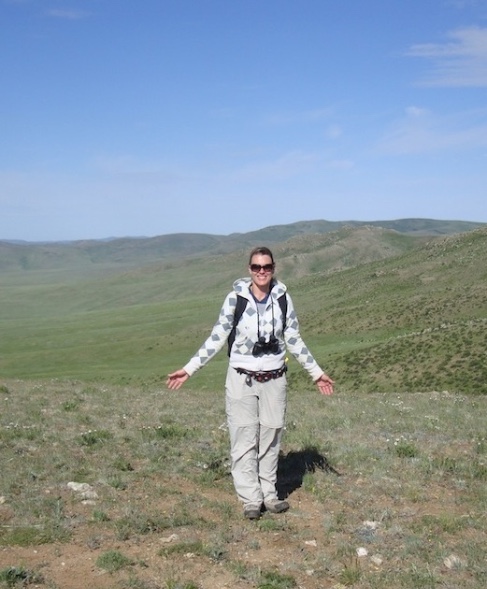
Mongolia
Central Mongolia is a vast, wild landscape of rolling green steppe and stony mountains, far-reaching valleys, sturdy horses, short grass aromatic with sage, and hospitable nomads living in traditional round gers.
The Mongolian steppe is part of the Eurasian steppes, a vast belt of grassland extending from eastern Europe through western and central Asia to northeast Asia. A temperate biome, steppes are found in the central regions of continents, far from the sea.
Mongolia is an invigorating place to visit and, with the world’s lowest population density and enormous swathes of virgin landscape, one of the best wilderness destinations in Asia.
Planned Sites
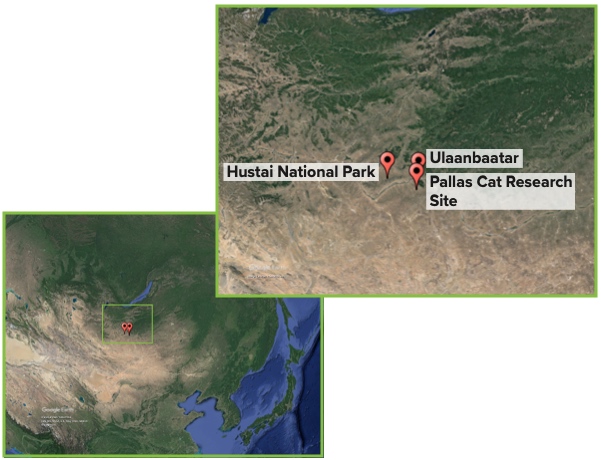
Ulaanbaatar
The capitol of Mongolia, Ulaanbaatar, is located in the Tuul river valley in central Mongolia.
Pallas Cat Research Site
This is the primary research site for the Pallas’ Cat Conservation Project. The Pallas’ cat, Otocolobus manul, is a predator specialized to live in the steppe and mountainous regions of central Asia. Its greatest populations are found in Mongolia. A thick coat of shaggy fur and a long, bushy tail help combat the extreme temperatures of the steppe. The elusive Pallas’ cat is difficult to observe in the wild due to its excellent camouflage, its surprisingly large home ranges, and its scarcity. An ongoing study in Mongolia, supported by the Cincinnati Zoo & Botanical Garden (CZBG), is using radio telemetry to measure range sizes of wild Pallas’ cats.
Research at the CZBG’s Center for Conservation and Research of Endangered Wildlife and the National Zoological Park established that Pallas’ cats have a pronounced reproductive seasonality controlled by light exposure and that newborns are extremely susceptible to infection with a parasite called Toxoplasma. Improved reproductive and disease management based on these findings has enabled the captive population to grow and stabilize.
Students will get the rare chance to participate in research conducted by the Pallas Cat Conservation Project (PCCP) by visiting a remote grassland camp location and staying on site with active field researchers. Students will join research rotations, learning about the ecological and cultural richness of the region. Students will sleep in sleeping bags (bring your own) on the floor in gers, the traditional circular homes of Mongolian nomads. All basic amenities are provided, including clean water for basic needs, such as drinking, washing hands and face, or a quick shower, and outhouse-style toilets.
Hustai National Park
Hustai National Park, located approximately 100 km southwest of Ulaanbaatar, was chosen as an optimal location for the reintroduction of Przewalski’s horse (takhi). Between 1992 and 2000, a total of 84 takhi from zoos around the world were released in Hustai. The wild horses have flourished; now more than 190 freely roam the park along with red deer, wild boar, white-tailed gazelles, wolves, lynx, marmots, and long-tailed hamsters. The park is also home to 172 species of birds such as the steppe eagle, great bustard, demoiselle crane, and cinereous vulture.
(Course locations are subject to change.)
Mongolia Course Photos
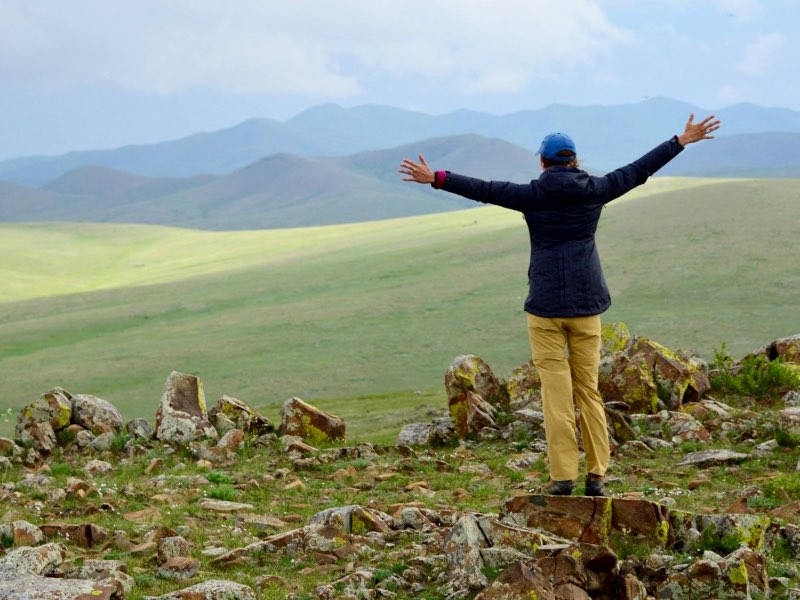
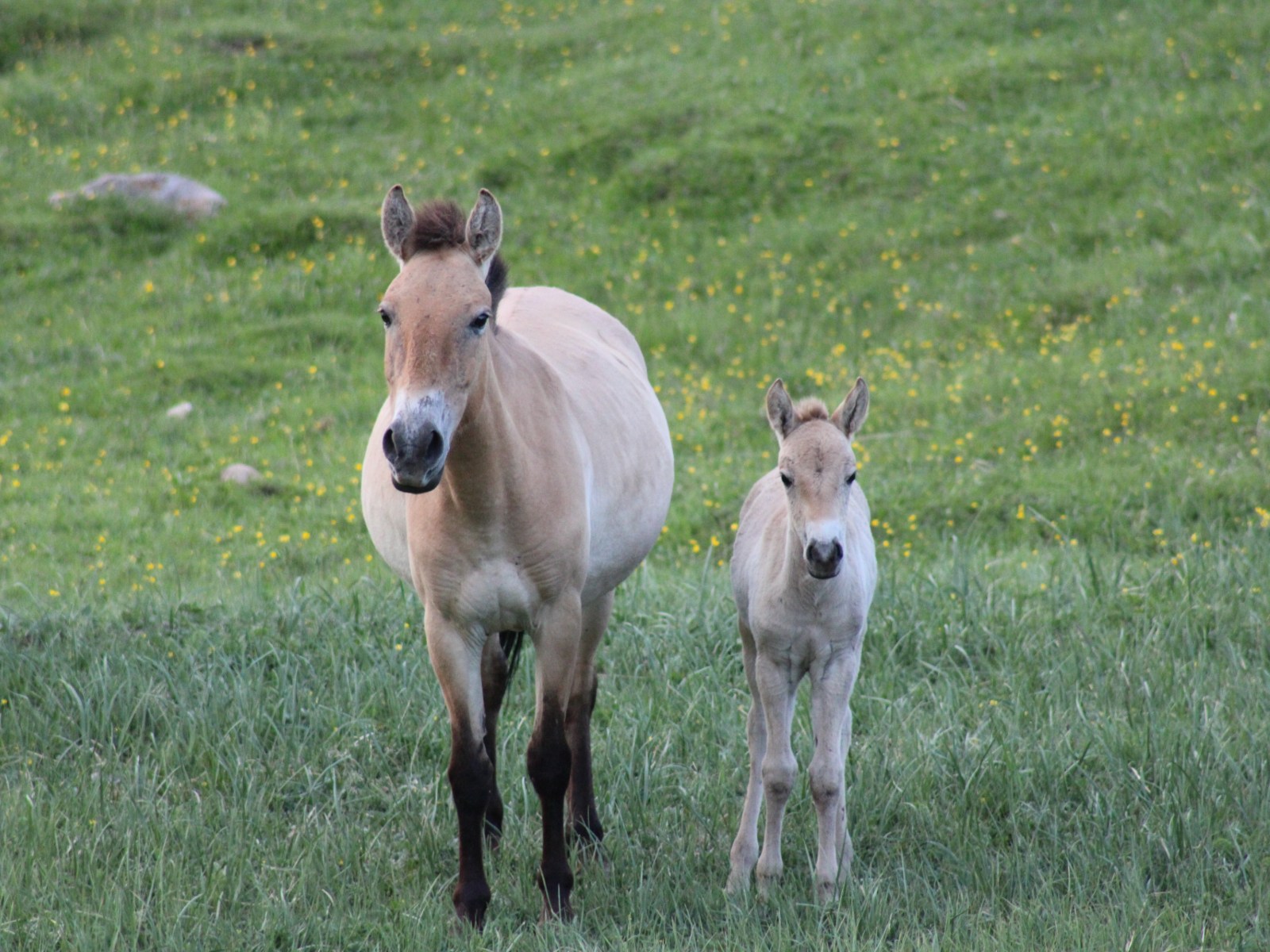
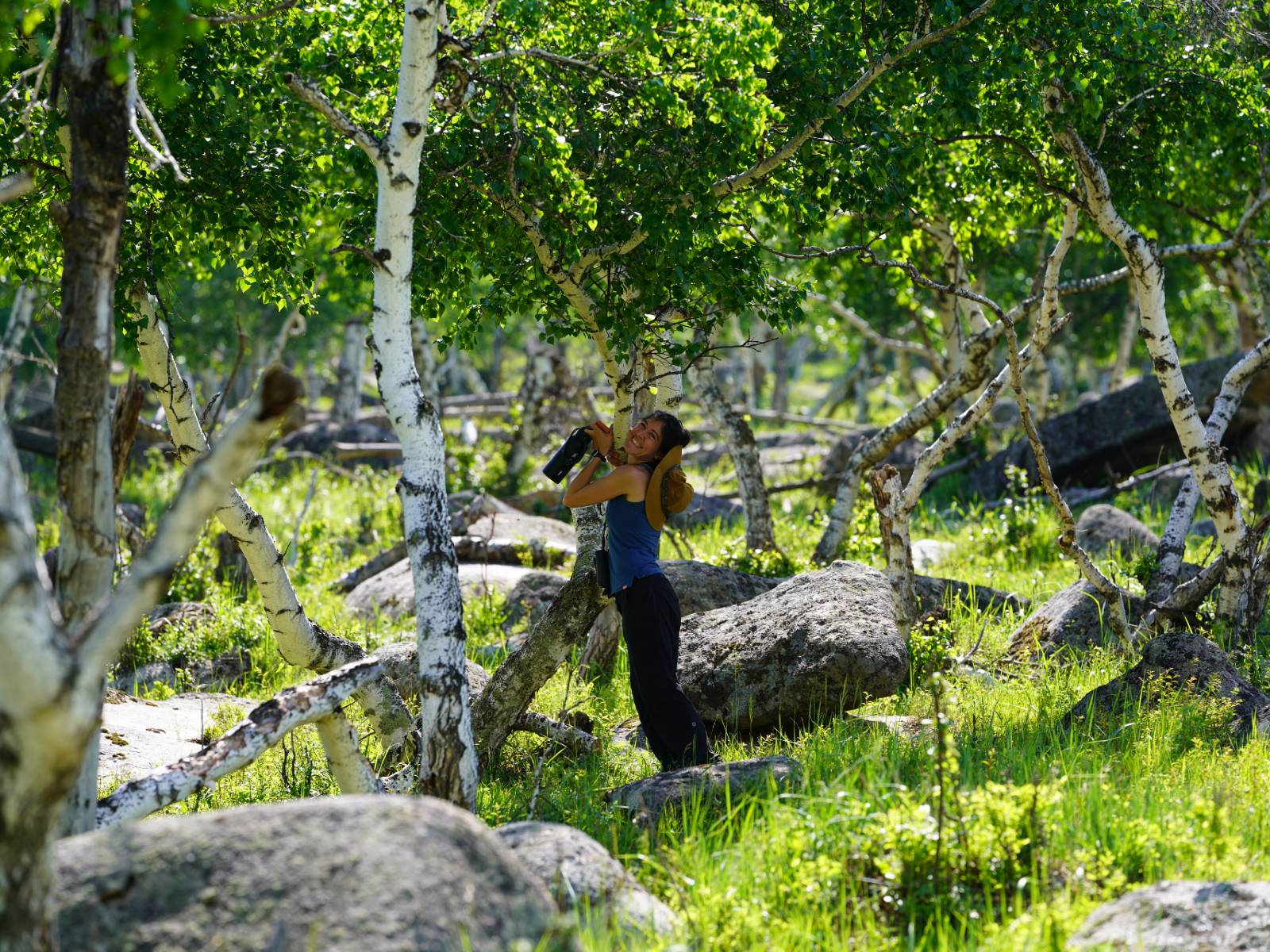
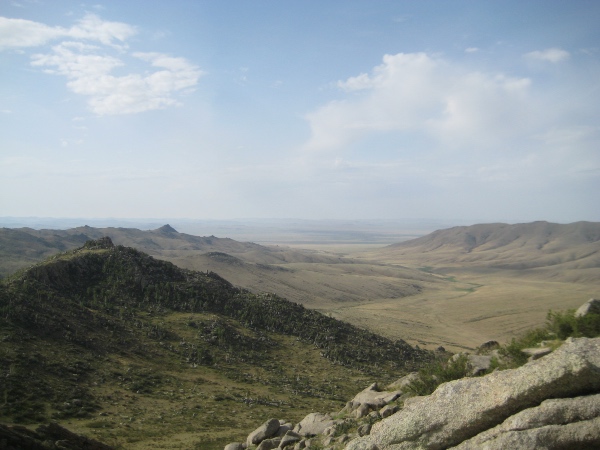
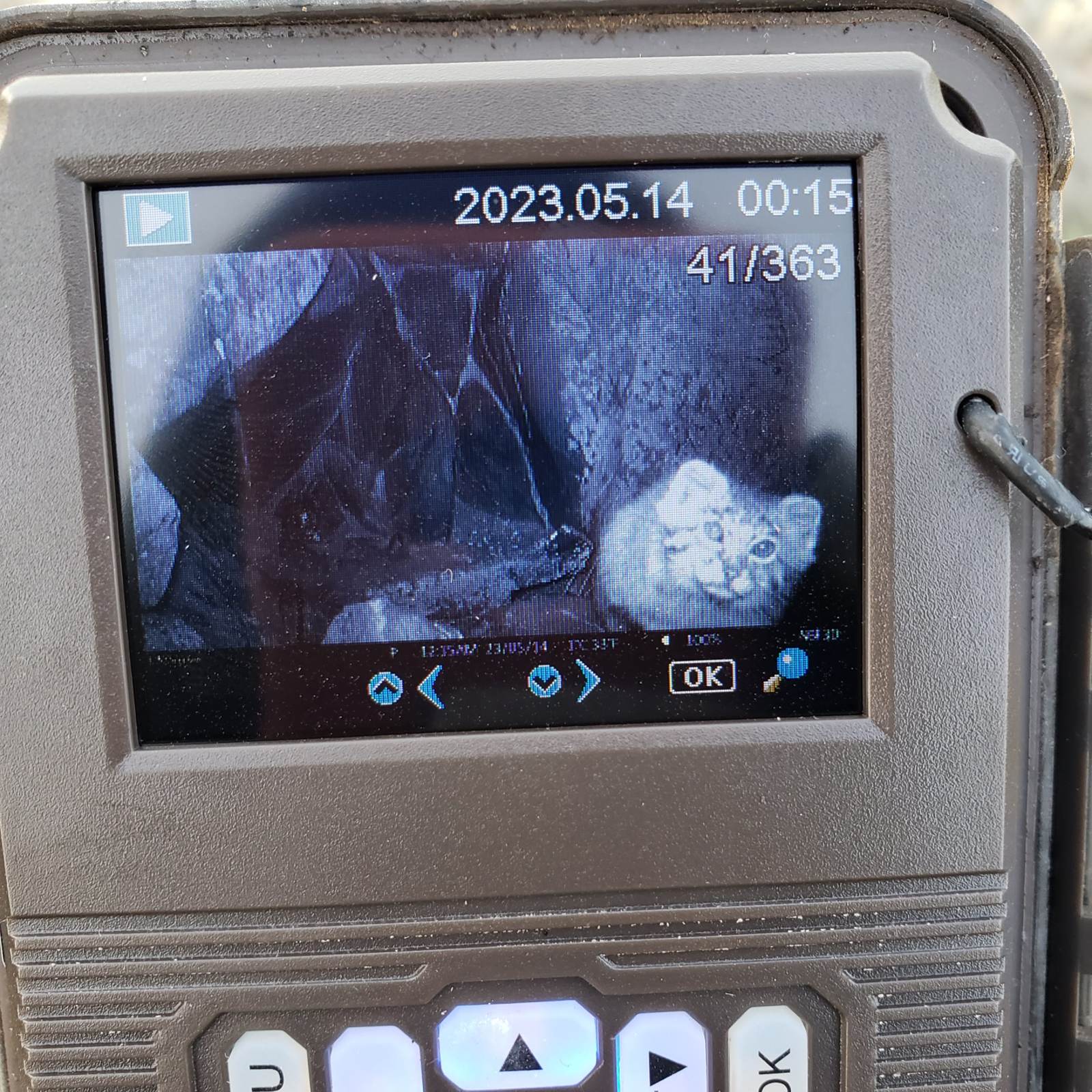

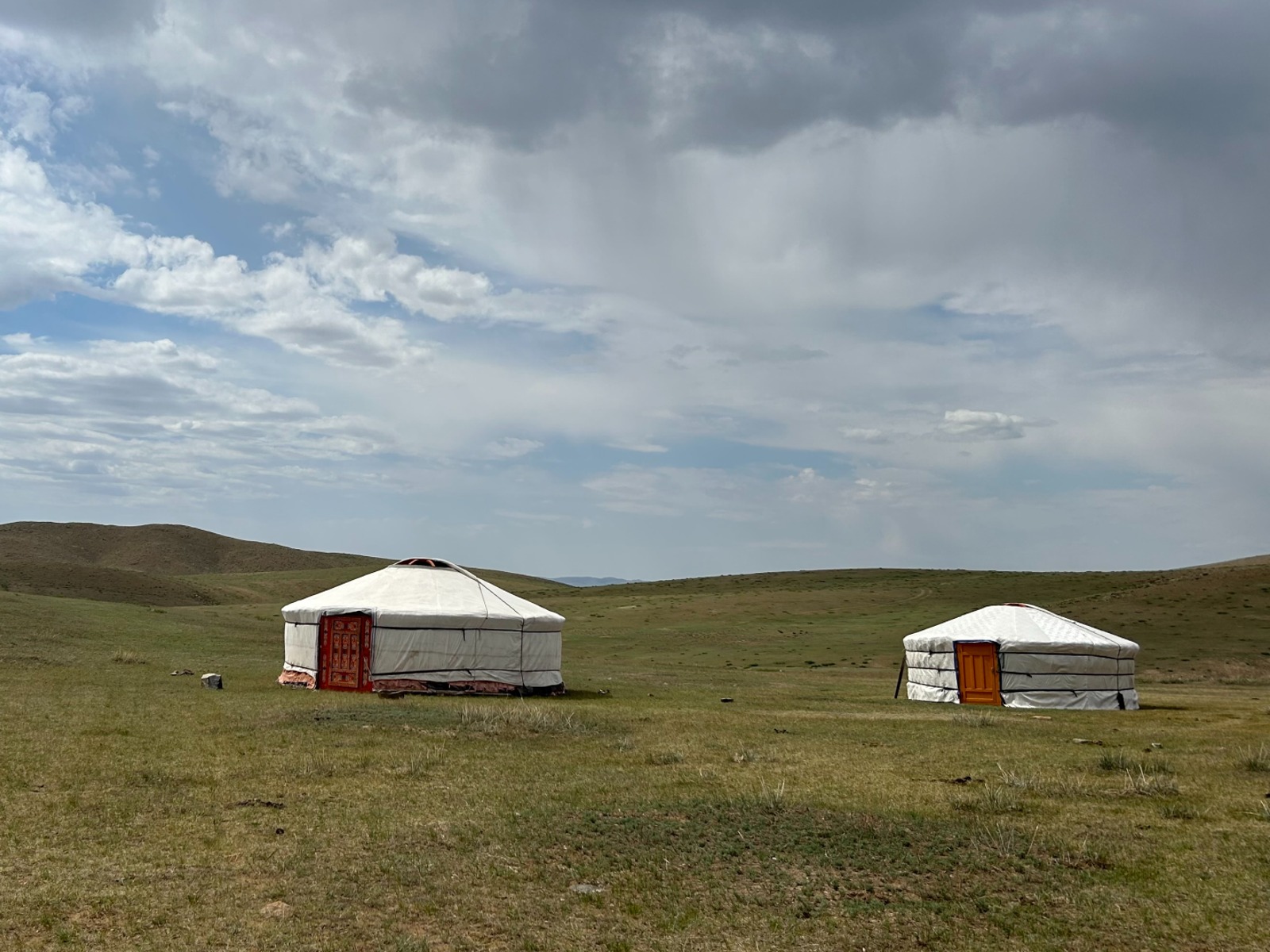
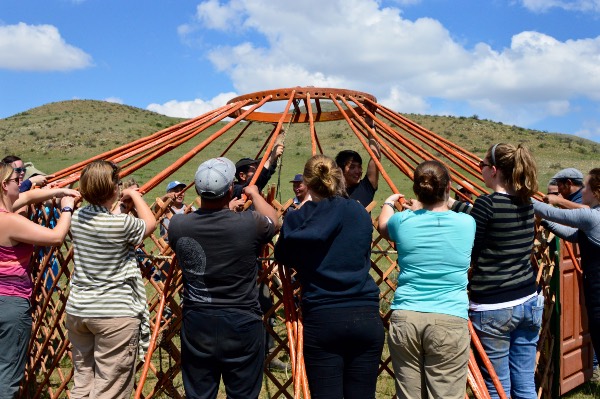
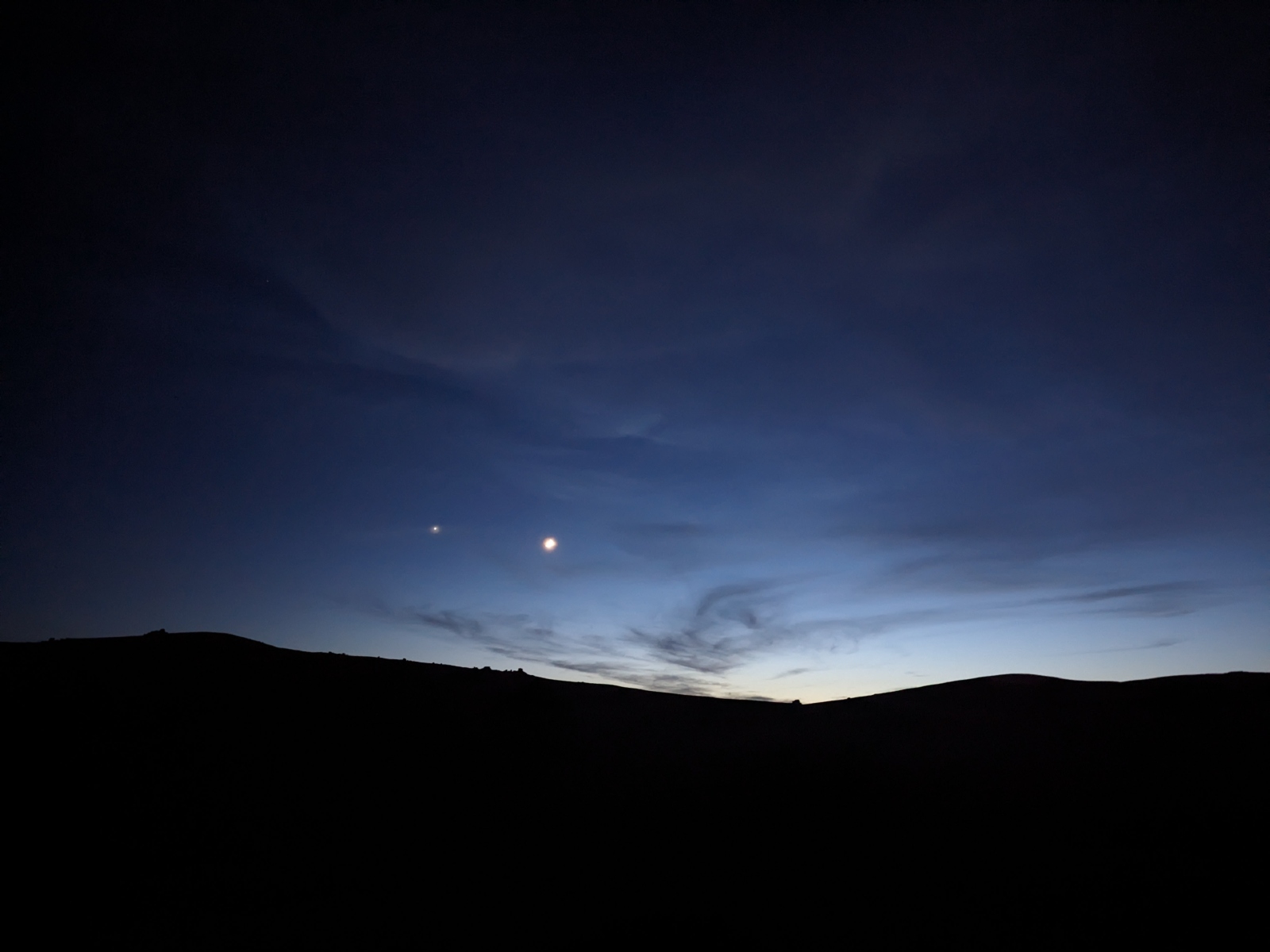
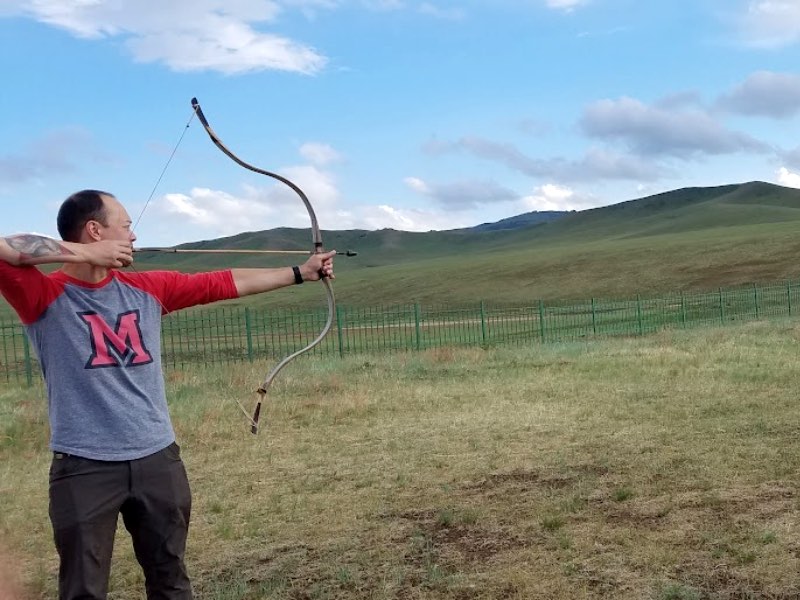
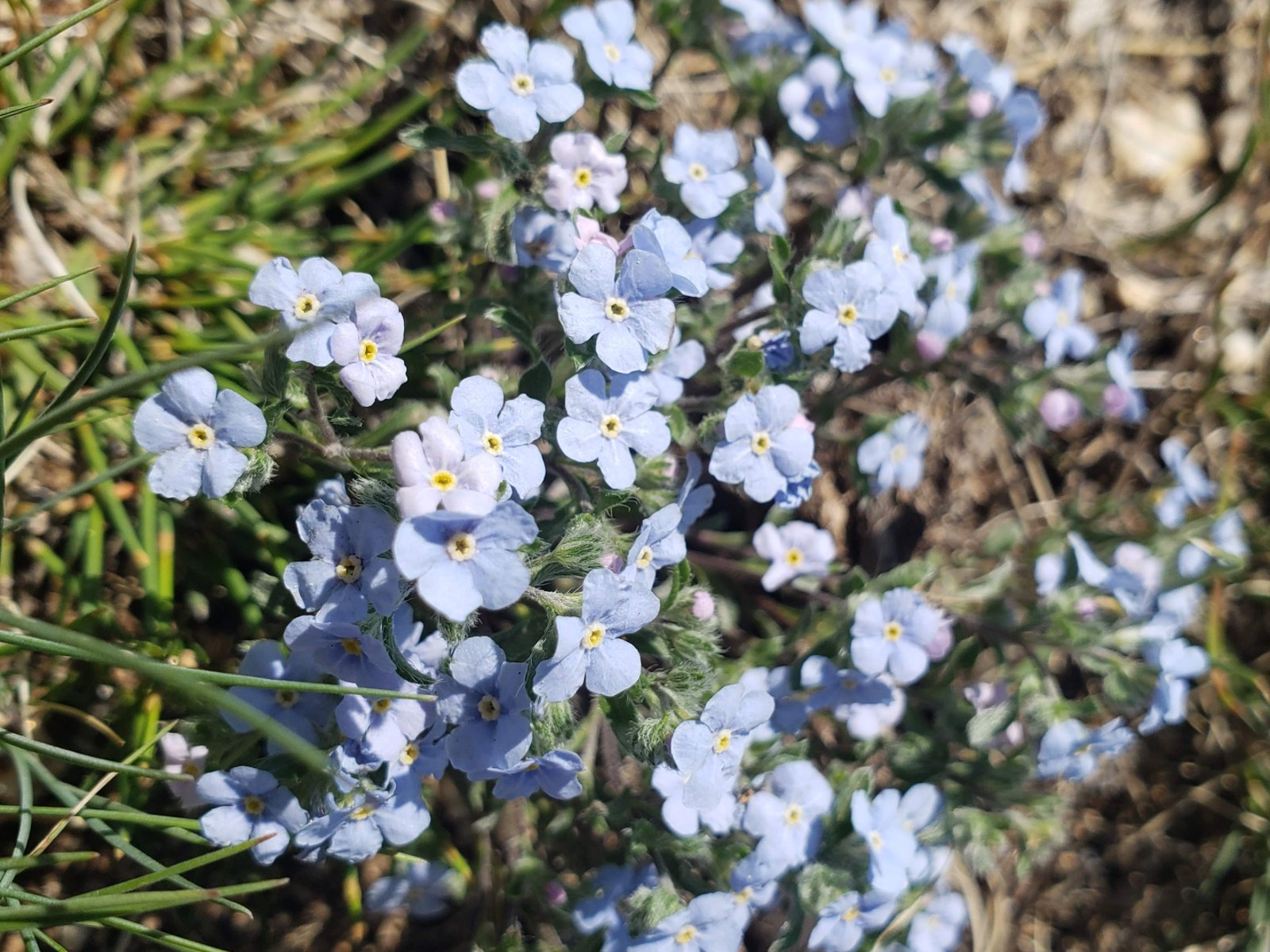
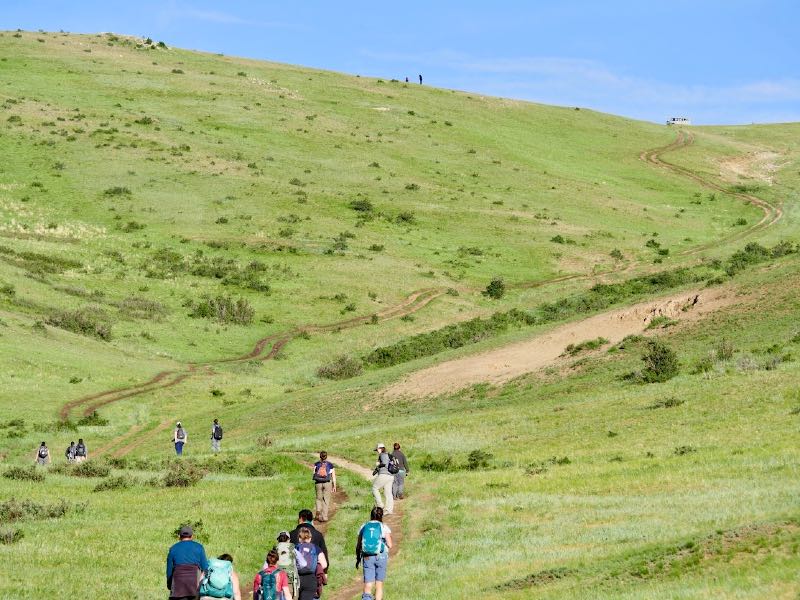
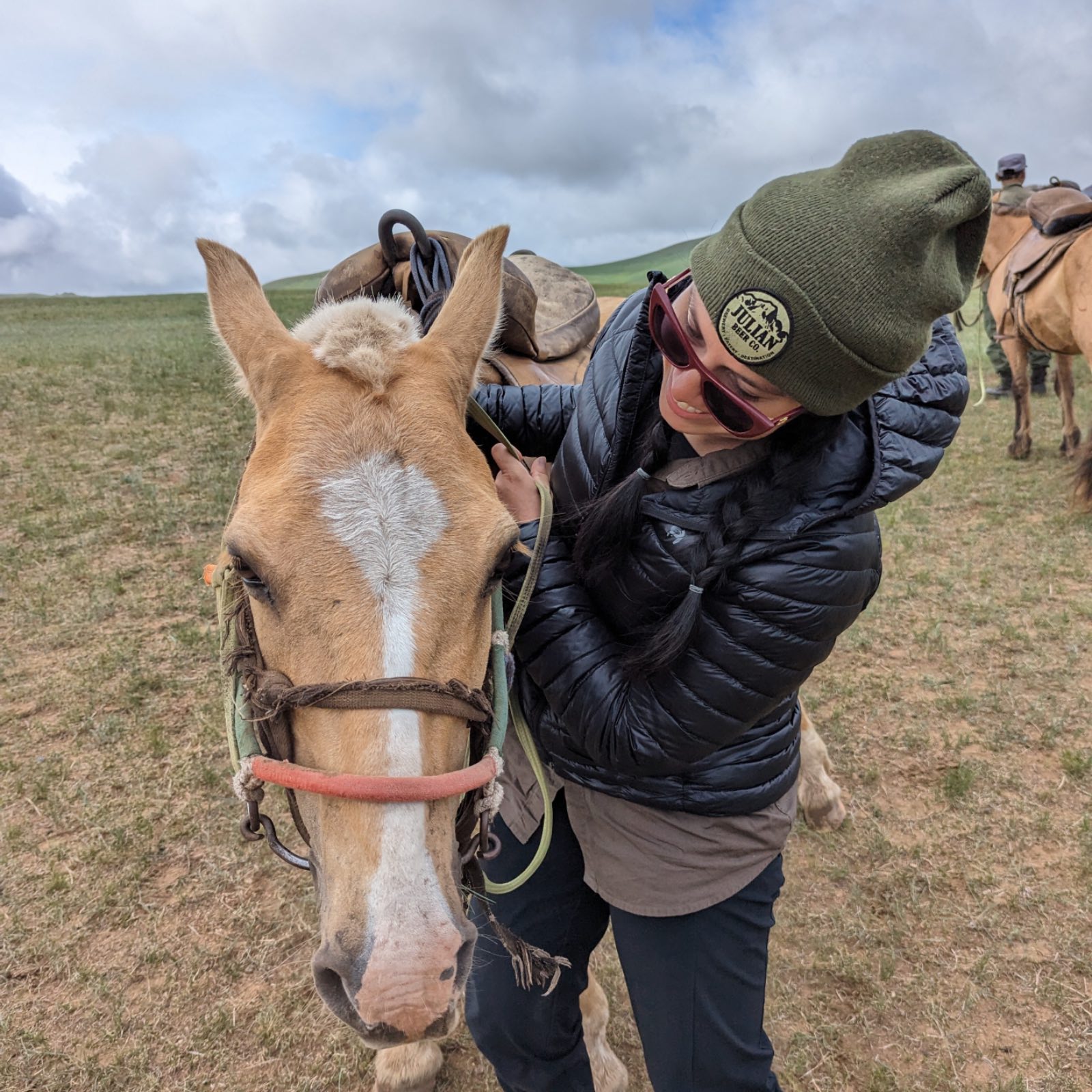
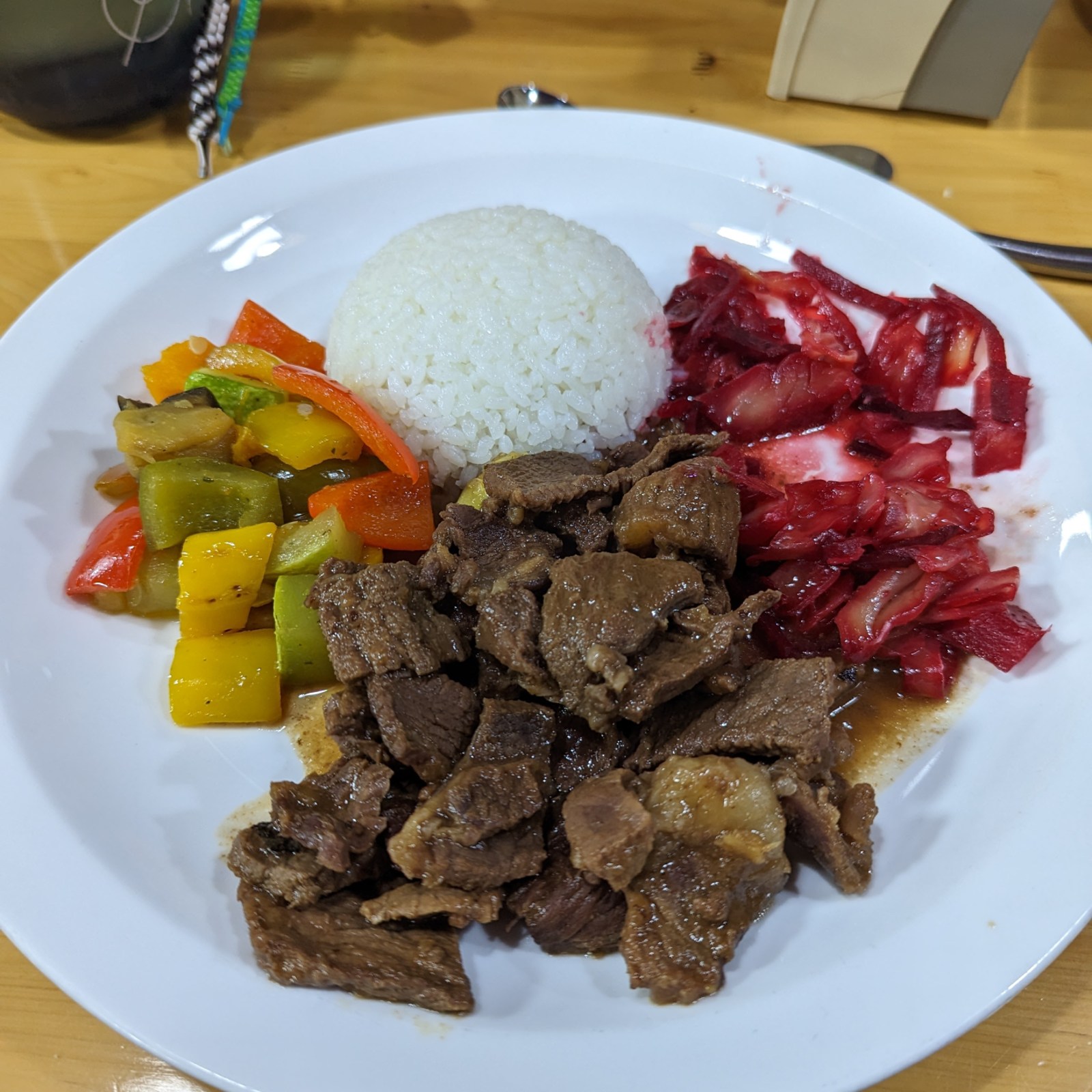
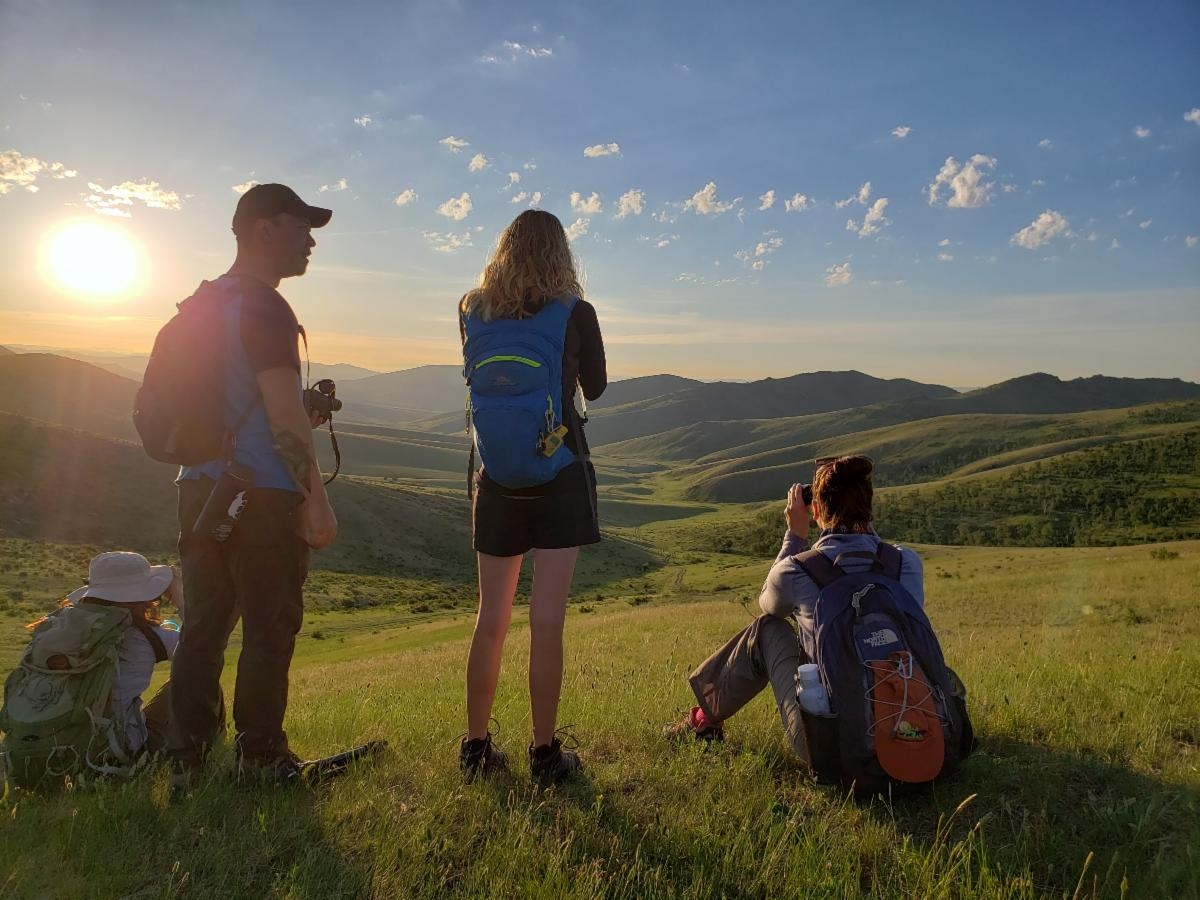
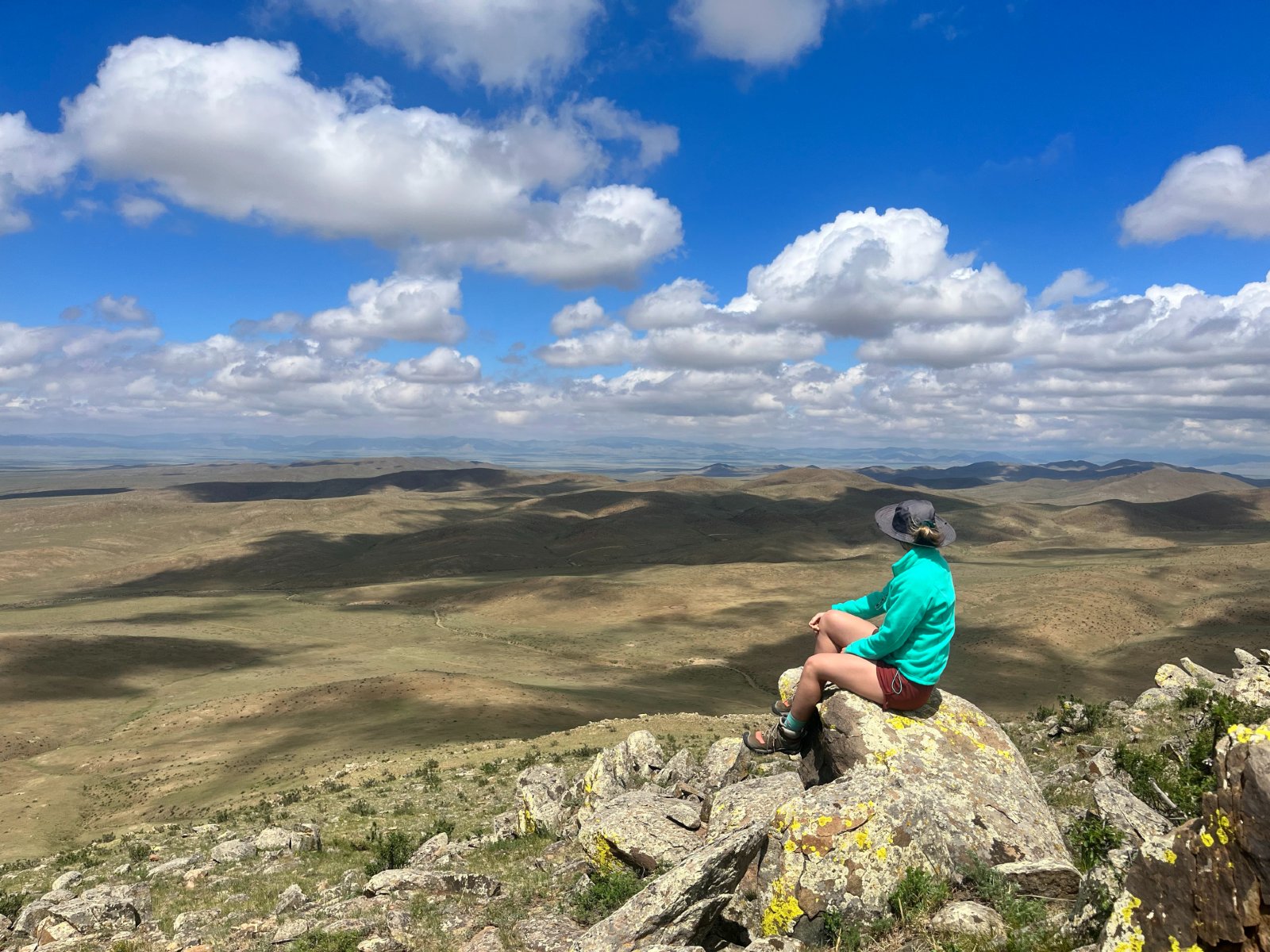
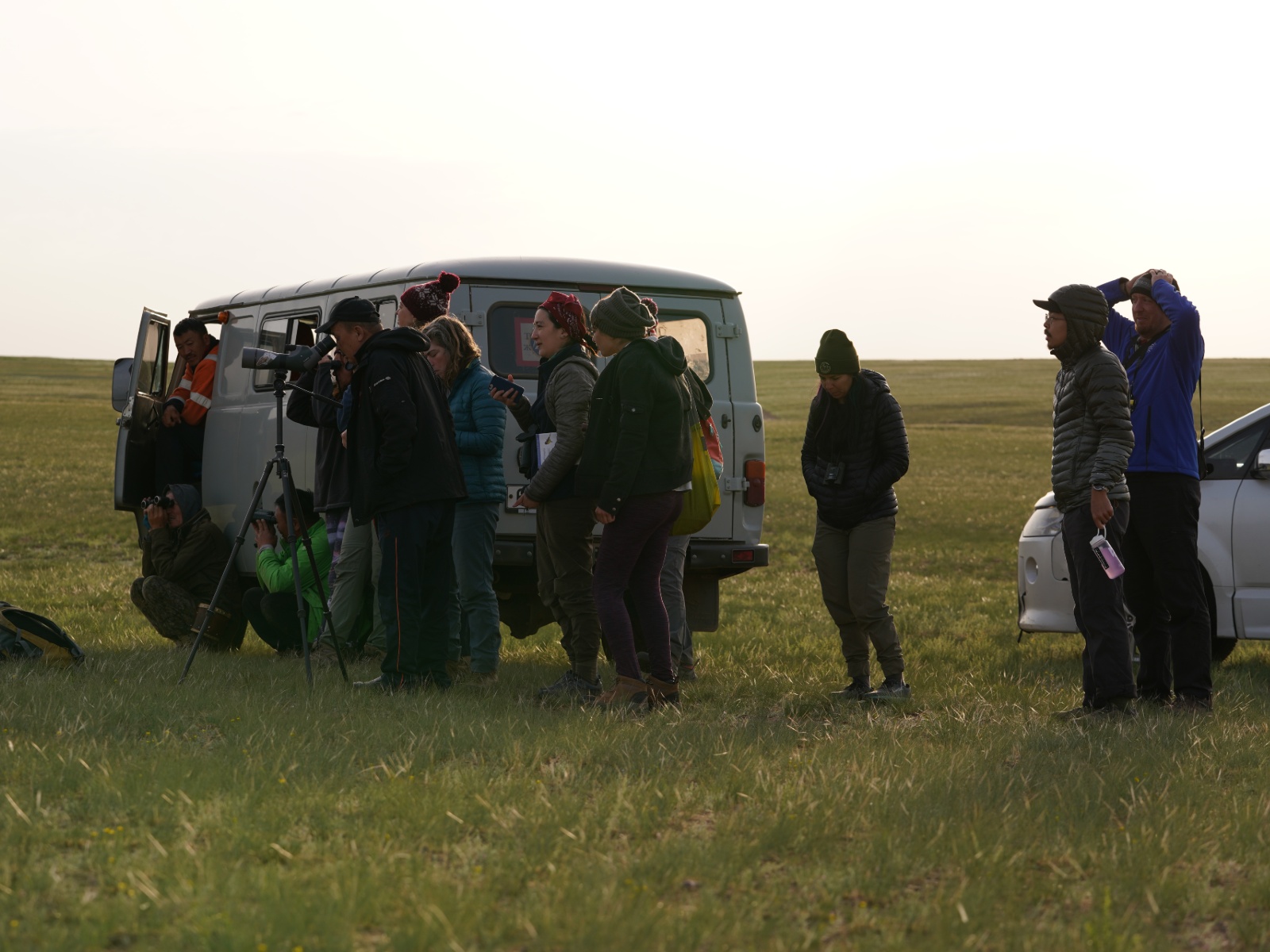
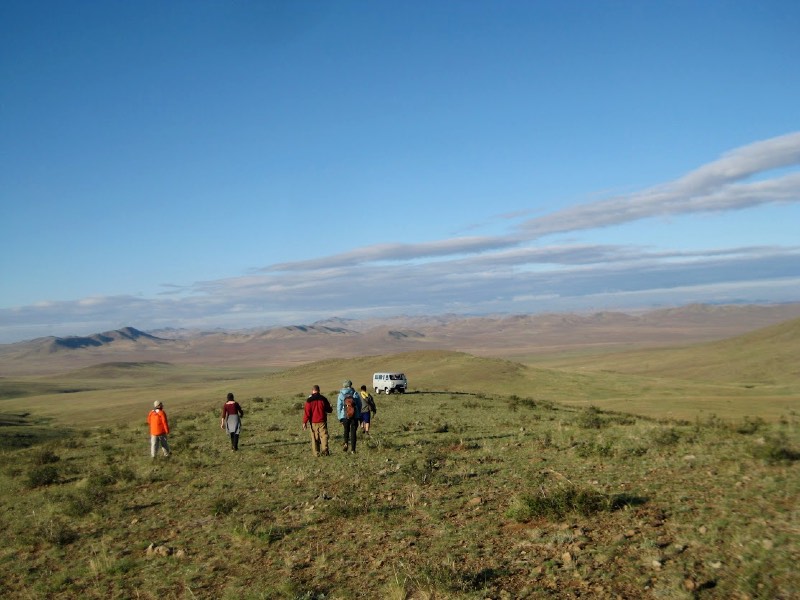
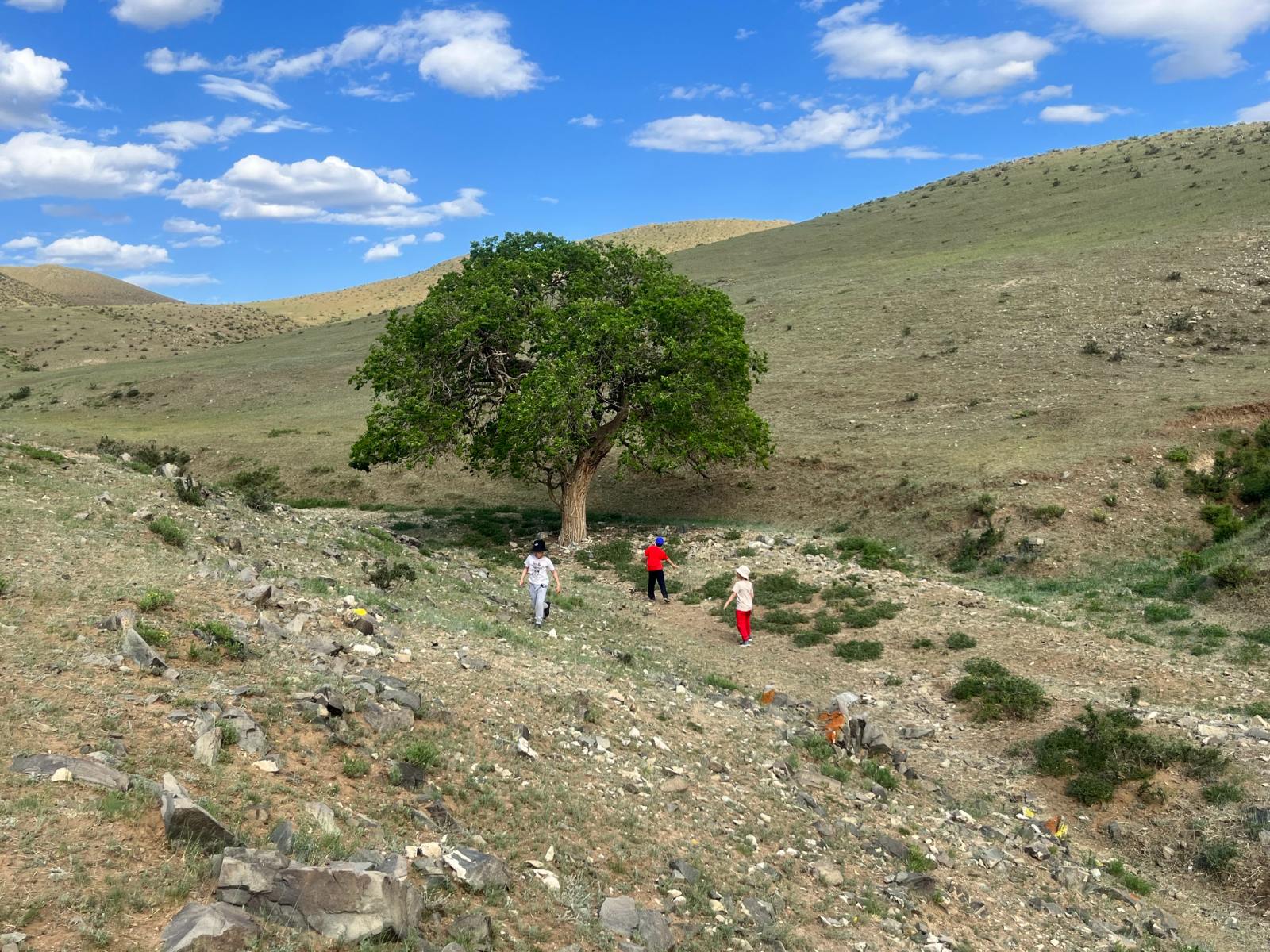
Inside Earth Expeditions
Recorded September 24, 2025, covering Mongolia, Kenay, and Amazon.
Want to know more about Dragonfly's global+web-based Earth Expeditions courses? Please view a recording from one of our 2025-26 Inside Earth Expeditions sessions, or join us next fall for an upcoming session, where we share the inside scoop on our EE course locations, partners, and activities. These sessions are perfect for current AIP and GFP students, prospective GFP students, and those interested in taking an EE as an individual course. Each session was led by an experienced member of our instructional team.
Questions?
Check out another EE!
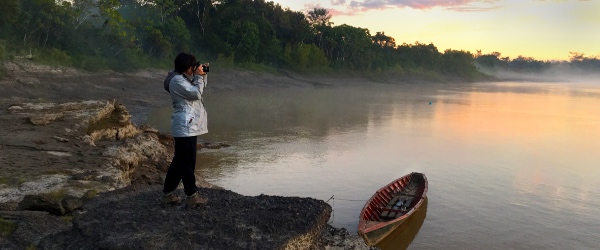
Amazon: Avian & Tropical Ecology
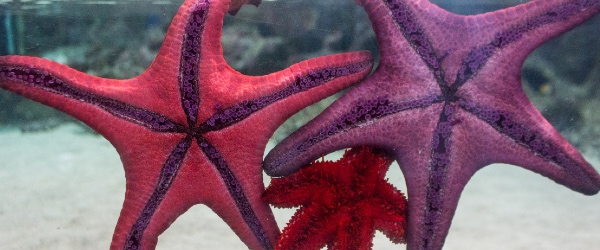
Australia: Great Barrier Reef
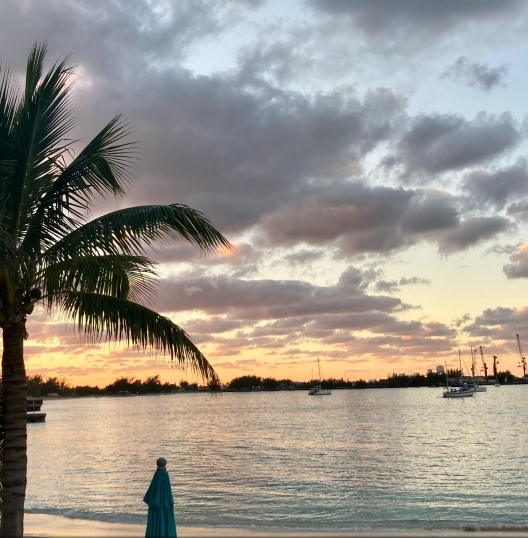
The Bahamas: Cultivating Conservation Networks
Snorkel in biodiverse marine protected areas, explore unique national parks, and gain an understanding of community-driven initiatives by talking directly with local experts at the forefront of conservation.
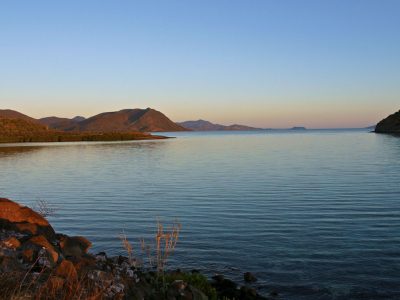
Baja: Field Methods
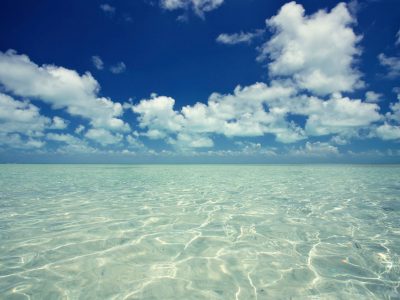
Belize: Approaches to Environmental Stewardship
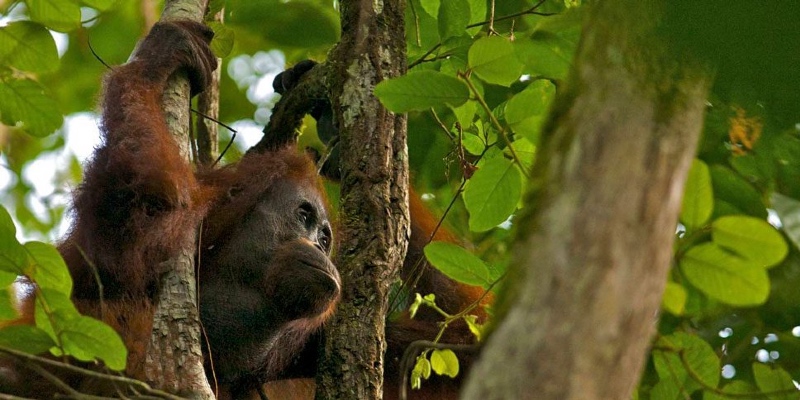
Borneo: Primate Conservation
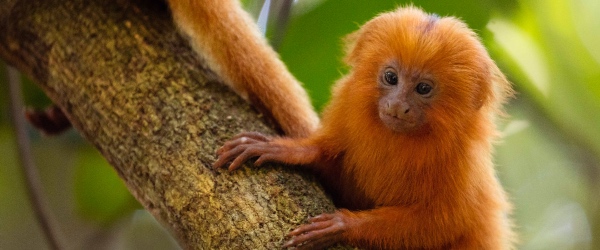
Brazil: Saving Golden Lion Tamarins
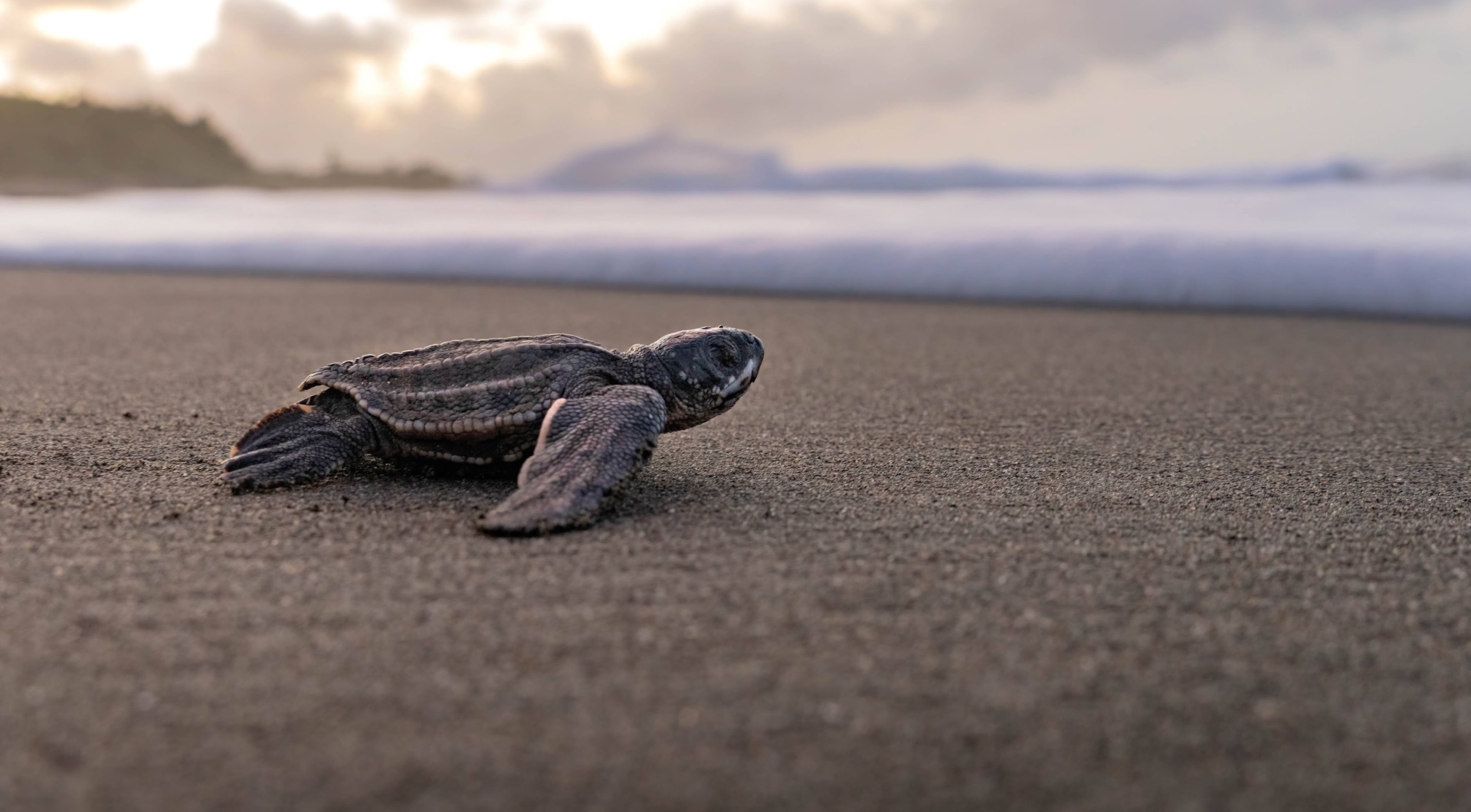
Costa Rica: Ecology & Ecotourism
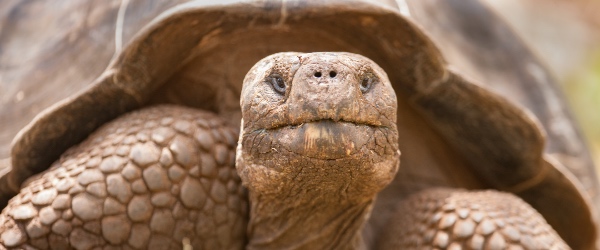
Galápagos: Islands of Change
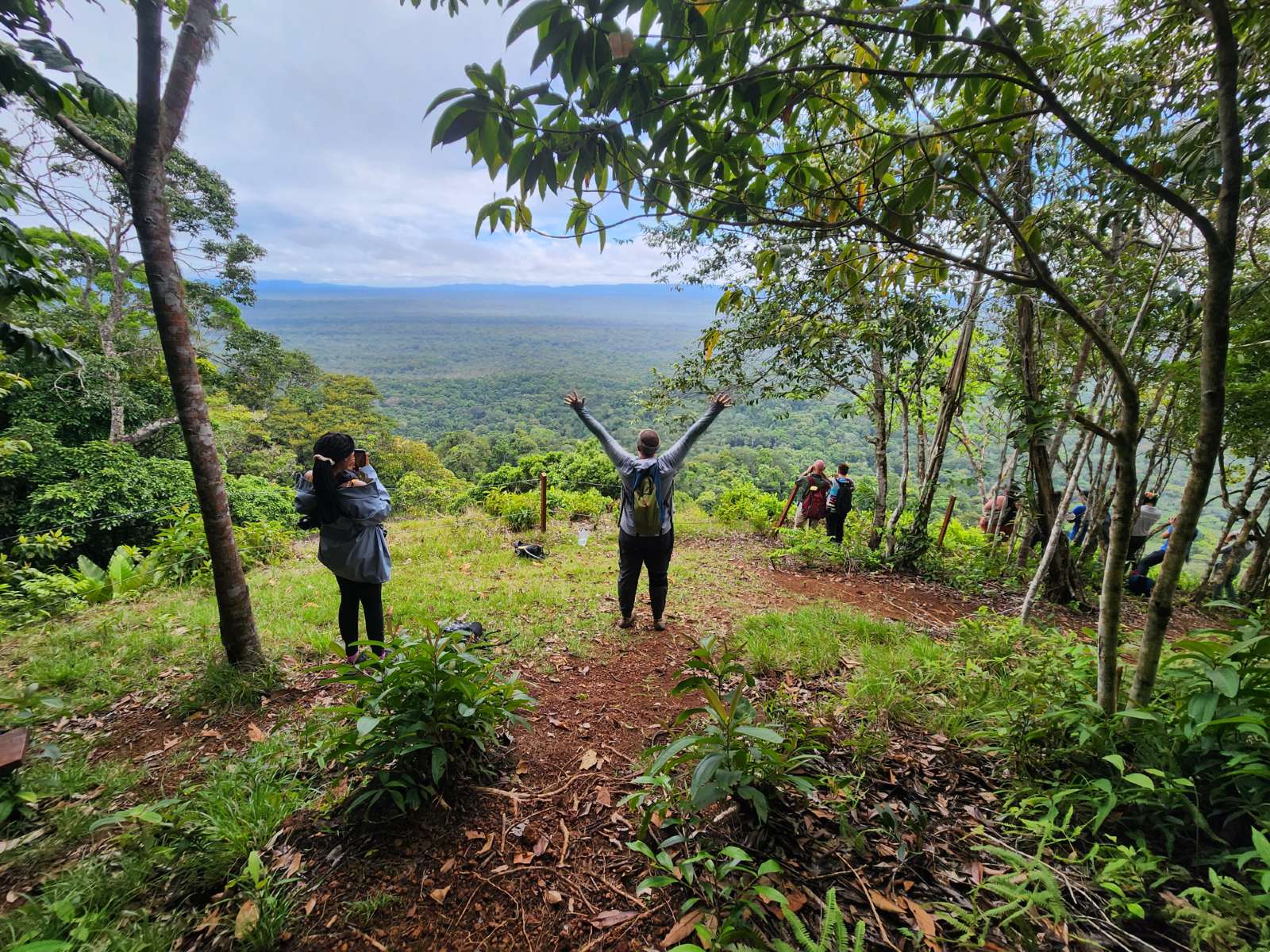
Guyana: Local Wisdom & Conservation
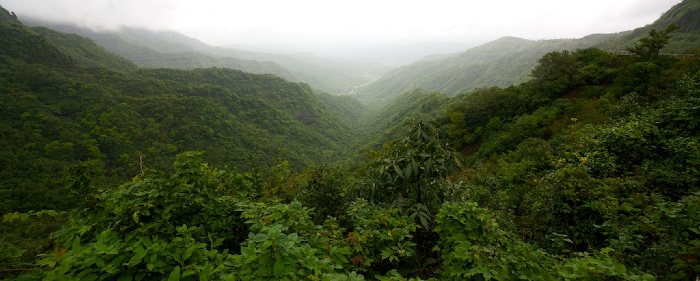
India: Species, Deities & Communities
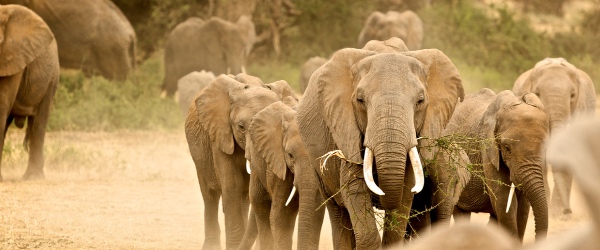
Kenya: Wildlife & People in Integrated Landscapes
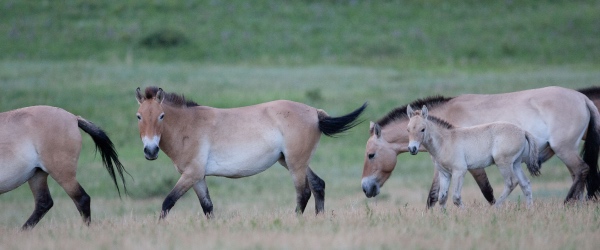
Mongolia: Steppe Ecology & Civic Media
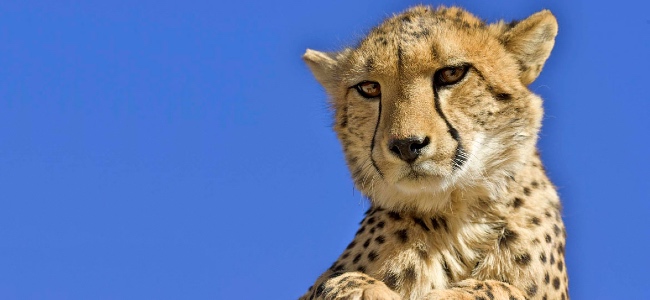
Namibia: Great Cat Conservation
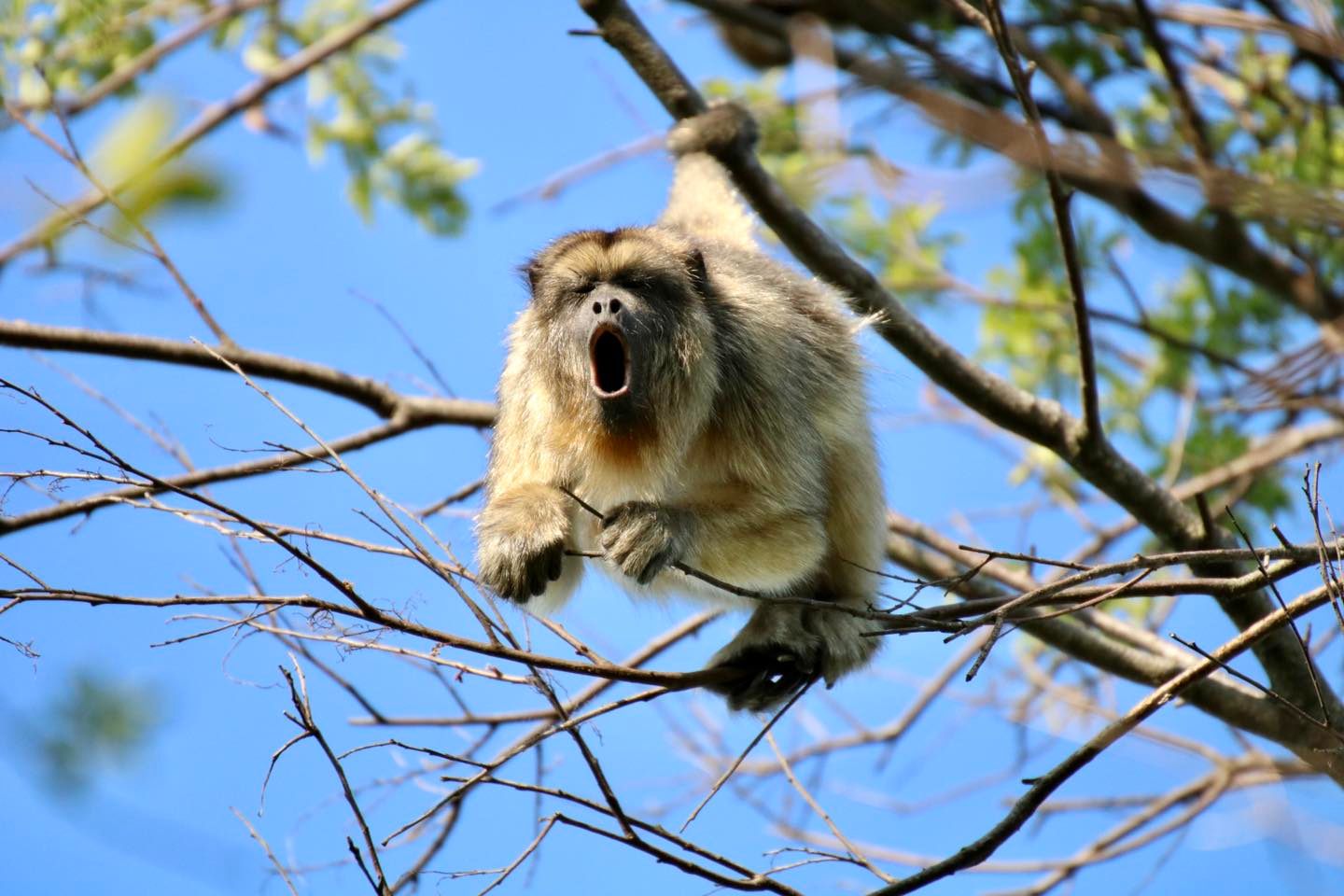
Paraguay: Eco-Leadership
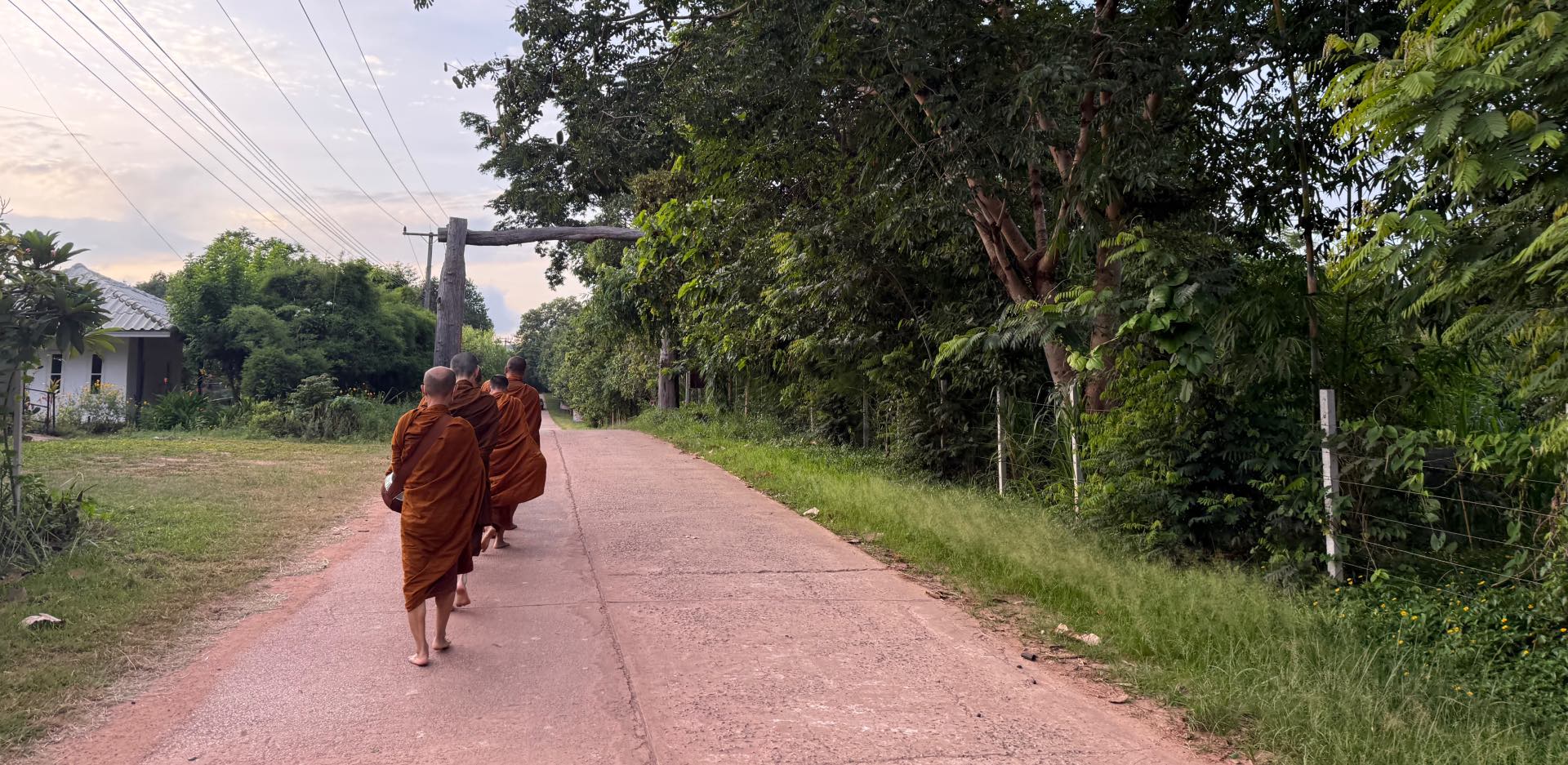
Thailand: Buddhism & Conservation
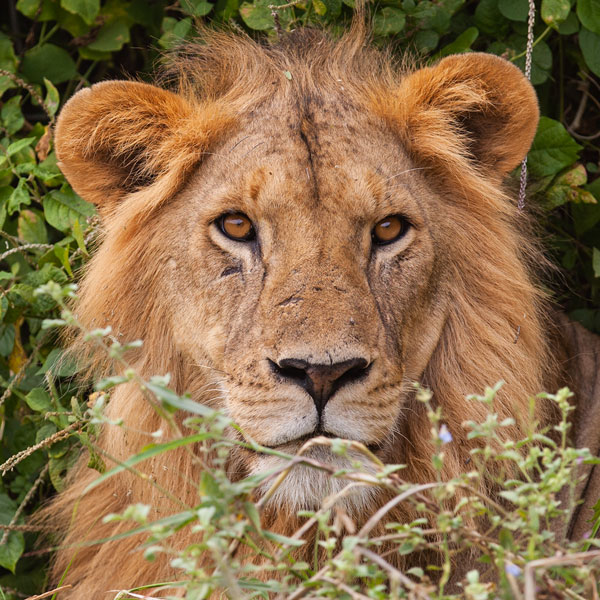
FAQs
